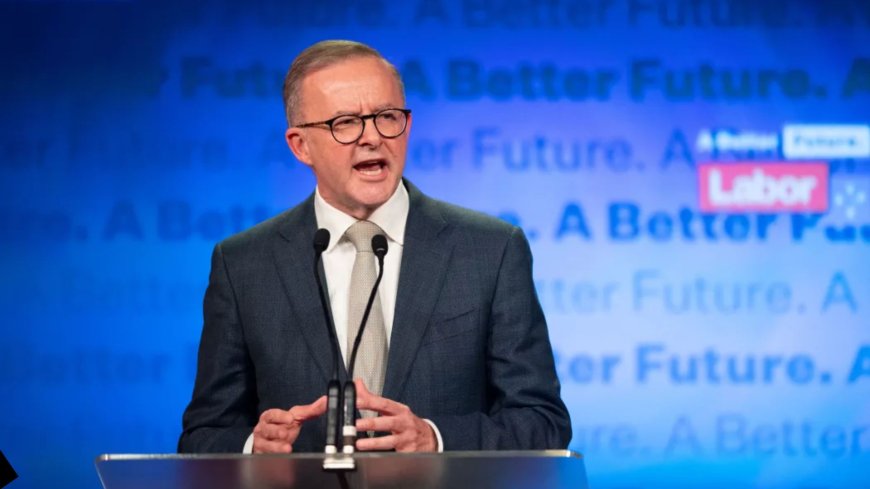Breaking Down Australia's International Student Cap | Australia Immigration Updates
The Albanese government plans to introduce powers to cap international student numbers at universities and vocational education and training (VET) providers. This move has been criticized as "chaotic" and "populist," with significant implications for the education sector.

How Did It Work Previously?
Previously, the number of international students was determined by the courses offered by education providers and student demand. Student visas were subject to English language skills and financial requirements to ensure students could support themselves. After the migration review in December, the government tightened these requirements, including stronger English-language requirements and a new genuine student test.
Impact of Existing Measures
The stricter measures have led to an increase in student visa application rejections. Despite this, the number of international students in Australia remains high, exceeding pre-pandemic levels with over 700,000 students as of February.
The Proposed Cap
The new legislation will allow the education minister to set a maximum number of international student enrolments. Universities wanting more international students will need to establish additional purpose-built student accommodation for both international and domestic students. The caps will be set in consultation with individual universities, and a similar cap will apply to the VET sector.
How Will It Be Set?
The caps will be implemented starting January 1, 2025, and will be based on factors such as the supply of student accommodation and contributions to meeting Australia’s skills needs. Exemptions will include schools and postgraduate research enrolments, and possibly short courses and non-award courses.
Who Will Be Most Affected?
The caps will likely impact VET providers perceived as offering lower-quality courses or undermining migration integrity, and universities with high numbers of international students. The government acknowledges the disproportionate impact on student cohorts from China and India and notes the concentration of international students in major cities, creating pressure on accommodation and infrastructure.
Compensation for Universities
The government promises "transitional arrangements" to help the sector manage the change, possibly suggesting extra funding for those hardest hit.
Sector Reactions
VET Sector
The Independent Tertiary Education Council Australia (Iteca) has criticized the policy as short-term populism that disrupts the relationship between education reform, migration strategy, and population strategy. Iteca warns the strategy could cost jobs across the sector.
Universities
Universities Australia calls for "certainty, stability, and growth," emphasizing the significant economic contribution of international education. The Group of Eight (Go8) universities stress the importance of maintaining quality and integrity while balancing policy settings. The International Education Association of Australia criticizes the feasibility of rapidly increasing student accommodation, given that international students only account for 4% of the rental market.
The proposed international student cap presents a complex challenge for Australia’s education sector. Balancing quality, integrity, and economic contributions against the backdrop of housing and infrastructure pressures will require careful and nuanced policy implementation.
What's Your Reaction?
 Like
0
Like
0
 Dislike
0
Dislike
0
 Love
0
Love
0
 Funny
0
Funny
0
 Angry
0
Angry
0
 Sad
0
Sad
0
 Wow
0
Wow
0







































































































